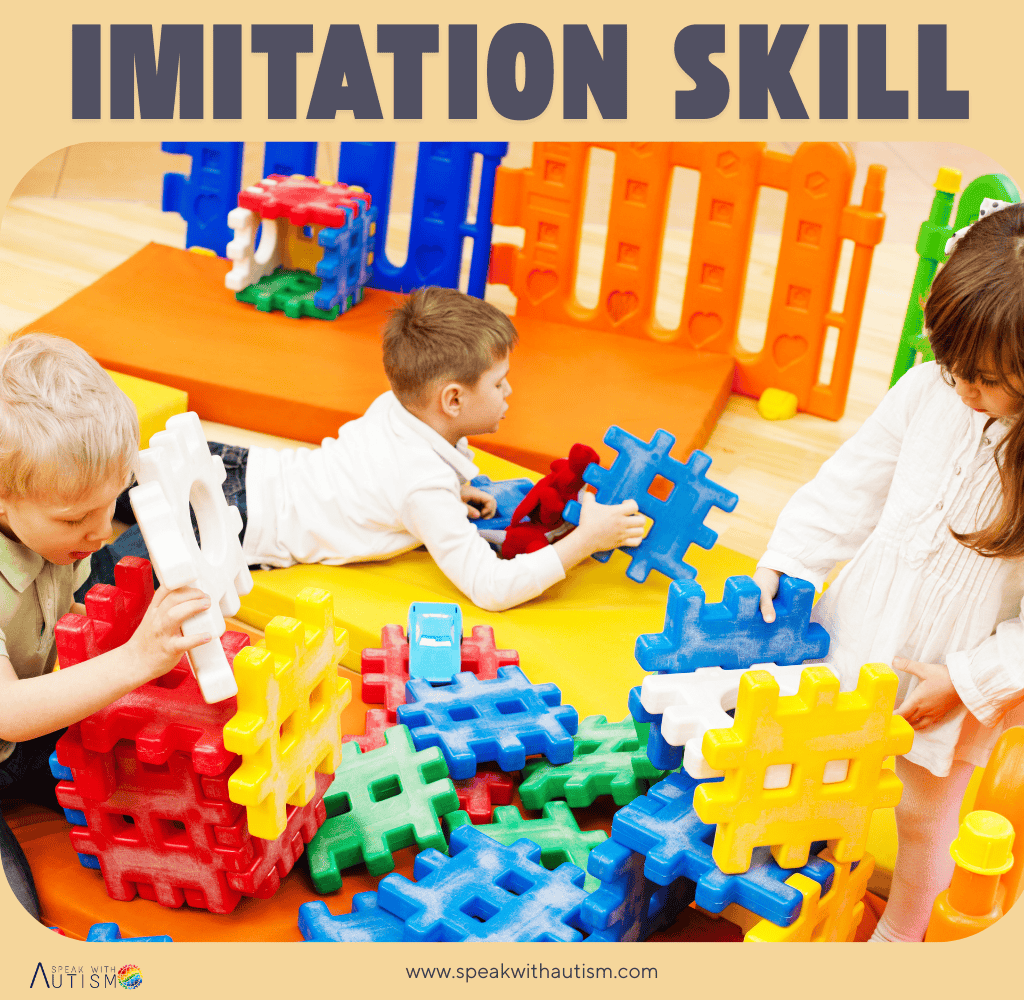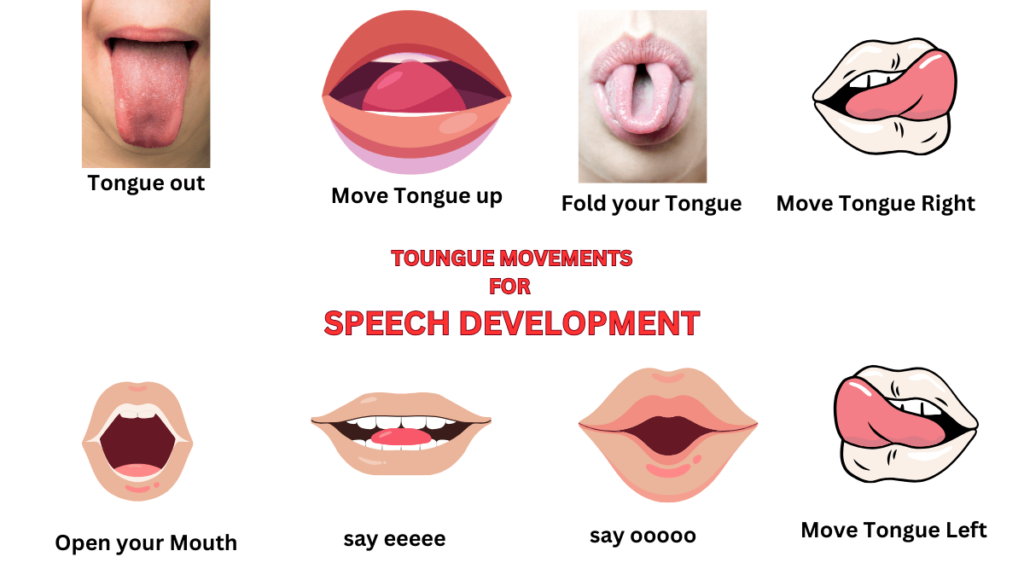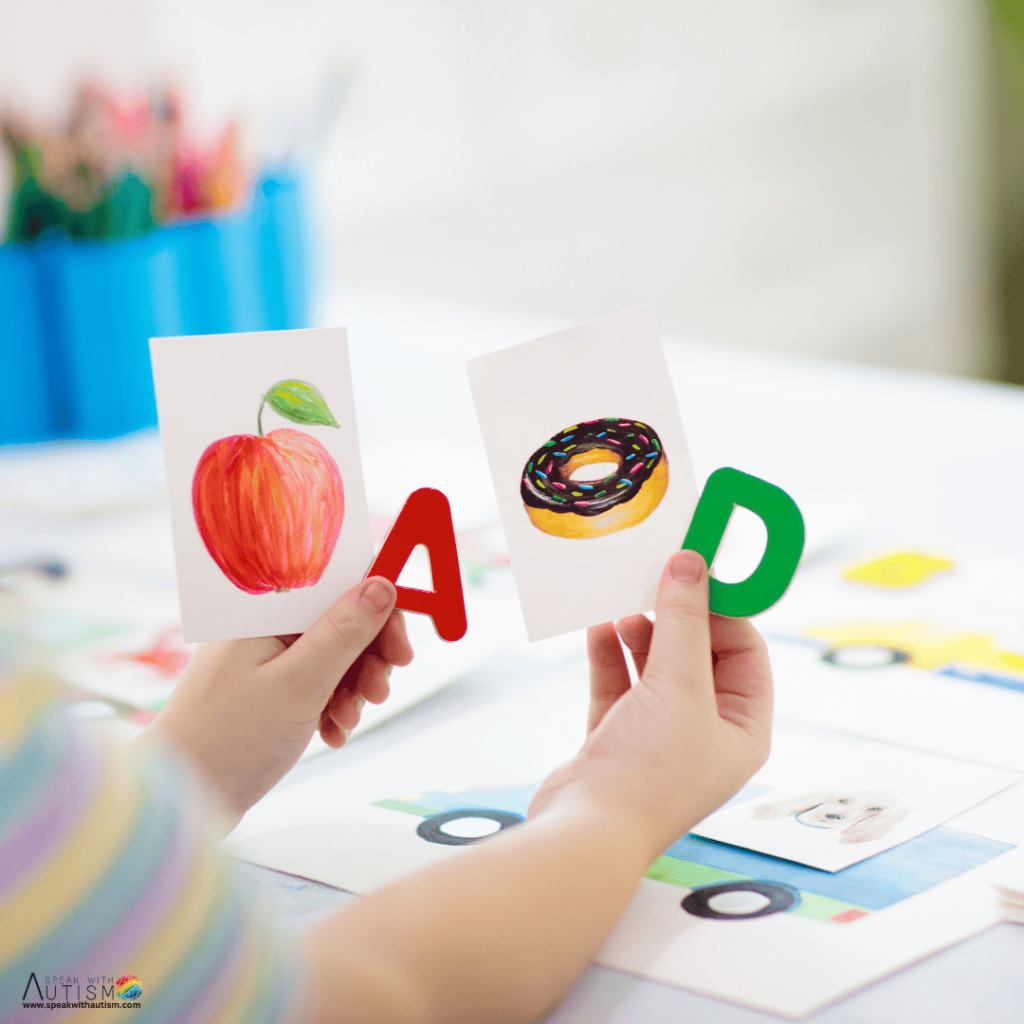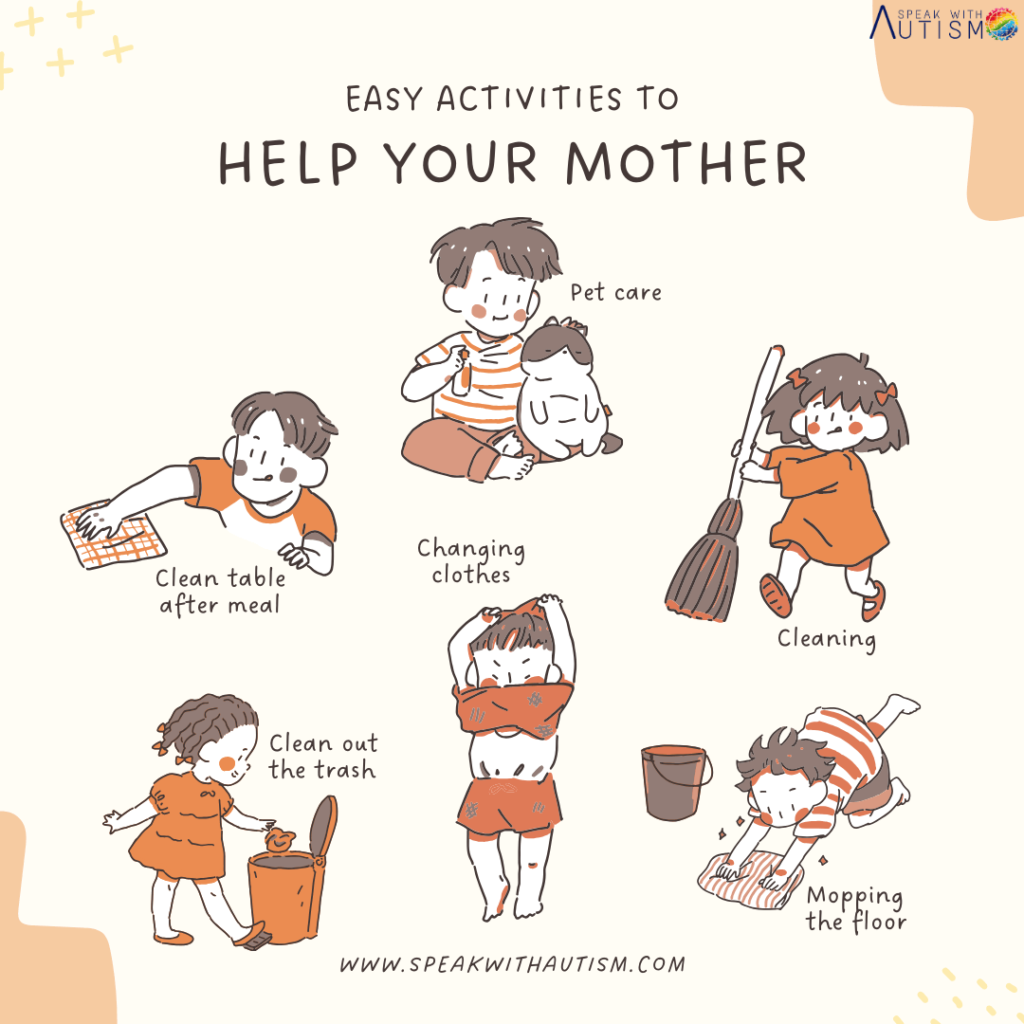ABA Activities: Despite being non-verbal, you can improve their communication and understanding by using their strengths (following instructions, and understanding routines).
Table of Contents
Try these activities at home
1. Picture Exchange Communication System (PECS)
- This is very common for non-verbal children. You can make small pictures or cards (such as “water,” “toy,” “food”).
- How to do it: When they want water, show them the “water” card and teach them to point or give it to you. When they give it, reward them with water (“Very good!”).
- Start: Start with two options, like “water” or “juice.”
2. Teaching Gestures or Signs
If they can’t speak verbally, teach them hand gestures.
For example:
- A gesture of holding a glass for “water.”
- Bringing something to mouth for “food.”
How to do it: First, show them the gesture, then make them do the same with their hands. Compliment them when they succeed.
3. Encourage Pointing
- Teach them to point at things.
- For example, ask them to point by saying, “Where is the toy?”
- Reward: When they point, give them the toy and say, “Well done!”
4. Instructions in Daily Routine
- Since he follows “come,” “sit,” “do,” now extend the routine tasks a little
- “give the plate” (while eating).
- “bring the shoes” (before going out).
- Give a reward after each step (like a small snack or his favorite game).
5. Imitation Games

- For non-verbal children, imitation is the first step of communication. You clap or wave your hand, and say “Do this.” He will copy and give a reward.
- Next Step: Actions like “raise your hand” or “catch the ball.”
6. Encourage sounds

- If he’s not verbal, try making small sounds (like “aa,” or “oo”). For example, try saying “ba” for “ball.”
- How to do it: Make the sound first, then ask him to copy it. If he tries, praise him, don’t force him.
How to apply it at home?
These practical tips can work at home, depending on his or her current skills.
1. Set small goals
Aim to teach him one new instruction or gesture a day. For example, giving him a “water” card.
2. Use of visual aids

Make pictures or drawings (for water, food, toys). Keep a card for each item and ask him to choose or give it.
3. Be consistent
Practice for a little while every day. For example, in the morning “brush your teeth”, in the afternoon “give water”, in the evening “bring a toy.”
4. Positive reinforcement
Give a reward for every small success (his favorite thing like cartoon time or biscuits). This will motivate him.
5. Teach through play
While playing, involve him by saying “give me the ball” or “drive the car.” Non-verbal children take more interest in play.
A Small Daily Plan – ABA Activities
- Morning: “Brush it” (teach with a card or gesture, then guide by holding the hand).
- Afternoon: “Give water” (show a card, ask him to point, then give water).
- Evening: “Give me the ball” (instruct in play, praise on success).
Special Tips for Non-Verbal

- Pay attention to body language: If he cannot speak, try to understand from his hands, eyes, or expressions what he needs.
- Therapist’s help: It is important to take proper training in PECS or sign language from an ABA therapist or speech therapist. They will guide you to implement it at home.
- Patience: Progress can be slow with non-verbal children, but regular practice will lead to improvement.
By building on this, you can improve his communication (through gestures or pictures) and daily interaction skills.
Frequently Asked Questions (FAQ’s)
What activities can be done at home during ABA therapy?
You can try these activities at home:
Picture Exchange Communication System (PECS): Make cards and teach objects or needs (such as “water,” “sandals”).
Gesture Training: Teach “wear sandals” or “give me glasses” using hand gestures.
Object Identification: Show an object (such as “sandals, toys, utensils”) say its name, and ask the child to point to it.
Imitation Games: You clap, say “do this,” and encourage the child to copy it.
Daily Routine Tasks: Give small instructions such as “give the plate,” and “wash your hands.”
My son is non-verbal. How do I set up ABA at home for him?
These methods work for non-verbal children:
Visual aids: Use pictures or cards (for “sandals” or “glasses”) so that he can point instead of speaking.
Gestures: Point to a drink for “water” or point towards a pair of “sandals”.
Positive reinforcement: Give a reward for every correct action (such as giving a card), such as a compliment or a toy.
Encourage sounds: Have him practice making small sounds like “ba” (for the ball), but don’t force him.
What can be a daily routine at home for an autistic child?
This can be a simple daily plan:
Morning: “Brush” (teach with a card or gesture, guide, reward).
Afternoon: “Hold the glass” (show the card for the glass, praise if it is correct).
Evening: “Wear the sandals” (show the sandals, reward for wearing).
Do each activity for 10-15 minutes, be patient.
How do I improve my autistic children’s basic skills (following instructions, self-eating)?
To improve these skills further:
Do-Word Instructions: Give long commands like “give me water”, “bring sandals”.
Giving Choices: Say “give me juice or water?” and ask him to choose.
Daily Tasks: Add steps like “place the plate” or “wear the shoes”.
Play-Based: Improve skills by saying “give me the ball” or “drive the car” in the game.
How and when should I reward during ABA activities?
For reward:
When: For every small success (like choosing the right object, following instructions).
How: Give him his favorite things—cartoon time, a small snack, or a toy.
Why: This motivates him and makes learning more fun.
Don’t reward him for making a mistake, just correct him gently.
What should be kept in mind while applying ABA at home?
Remember these things:
Consistency: Practice for a little while every day.
Patience: Progress can be slow, don’t force it.
Clarity: Give simple, clear instructions, like “Give me the bottle.”
Observation: Understand what he wants from his body language (hands, eyes).
Professional Help: Take regular guidance from an ABA therapist.
